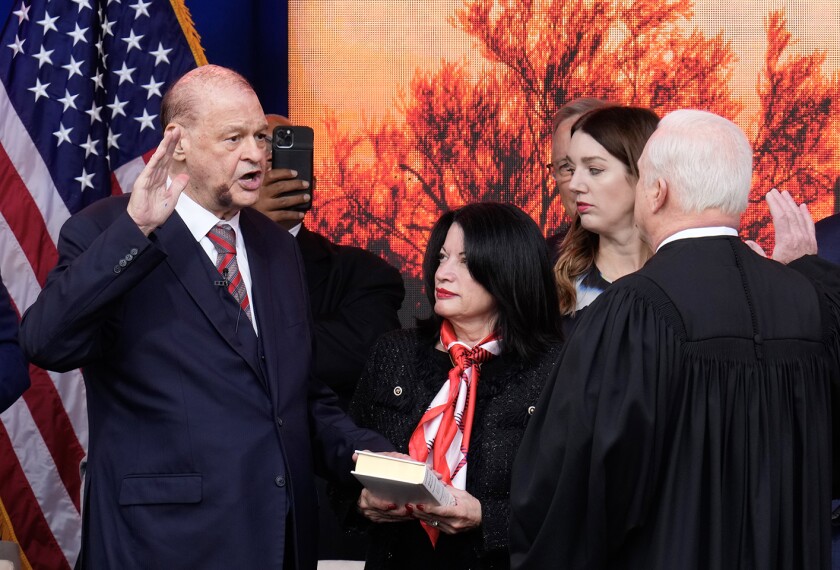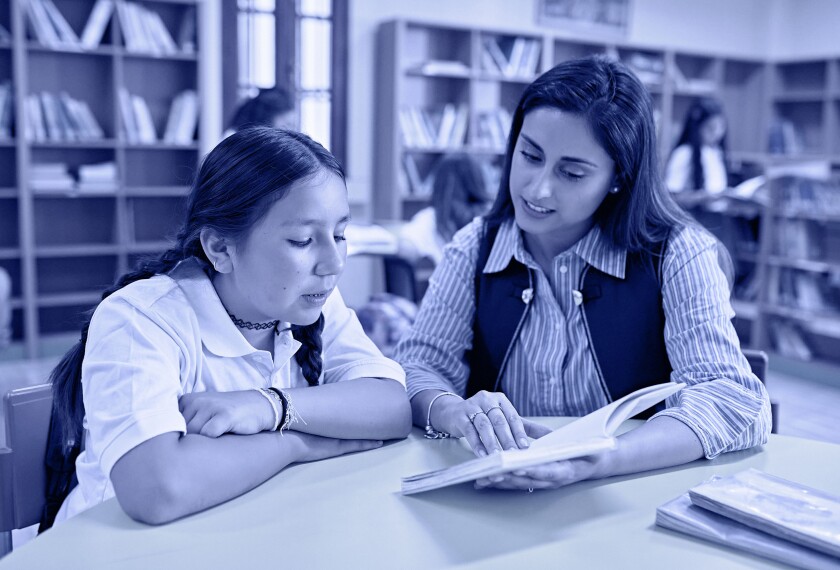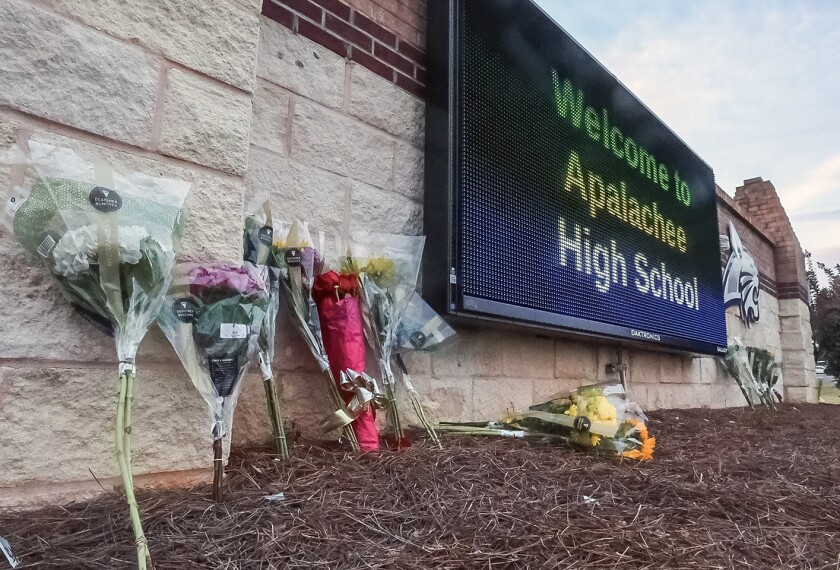In a first, U.S. Surgeon General Vivek Murthy issued a gun-violence advisory earlier this summer, naming it a public health crisis and calling for collective action to address the epidemic. We are, unfortunately, all too aware that our schools are not immune from this violence, as we saw in just the past few years at The Covenant School in Nashville, Tenn.; Robb Elementary School in Uvalde, Texas; Marjory Stoneman Douglas High School in Parkland, Fla., and now Apalachee High School in Winder, Ga. We do not have to wait for Congress to act to take steps to change this trend.
We must break through the learned helplessness we may be feeling as we watch how long it takes to make change at the federal level. The hyperpolarized political discourse on gun violence is tiresome. Let’s admit we care about the same things: keeping our loved ones, schools, and communities safe. We want to stop people with the intent to do harm from acting on it.
People harm people, which is why identifying ways to prevent a person from getting to the point of violence is critical. As a psychologist on the front line of assessing suicide and homicide risk for decades, I know that central to our risk assessment is the lethality of the chosen weapon. With guns, the lethality is undeniable.
As school leaders, you can provide education on steps we can take to keep our children safe, such as safe gun storage. That will effectively reduce not only risk for a mass shooting but accidental injuries and death, which the Centers for Disease Control and Prevention reports is the leading cause of death among children, as well as child suicides.
Some people may feel they will not have time to unlock their gun and load it in the event of a home intruder. That is a risk. However, unsecured weapons are a significant threat and documented contributor to school shootings. A U.S. Secret Service study of perpetrators of school shootings reveals most young perpetrators obtained their gun from home because it wasn’t secured.
We are all safer when guns are stored securely, and there are a number of organizations that are working toward that goal of safety. With volunteers in 50 states, Be Smart for Kids offers resources for promoting safe gun storage. You can also raise money for free or reduced cost gun safes in your community.
Everytown for Gun Safety shows which states have secure storage laws. If you are living in one that does not, you can advocate change. School leaders may consider professional associations and education policy groups to circumvent the limitations on advocacy in their roles. They can also take action as private citizens. Gun shops, too, are part of the efforts to reduce suicide by firearm through the Gun Shop Project.
Leverage school-to-parent communications methods, such as schoolwide emails: Remind parents to change the password or combination to their gun safe regularly. That Secret Service study suggests that a child likely knows the password to their parent’s safe or can guess it, and that is how some school shooters have gained access to their weapon. Changing the password regularly will also reduce the likelihood of a child dying by suicide.
Schools can institute anonymous tip lines and staff them with well-trained personnel. The National Institute of Justice has explored the effectiveness of tip lines as a violence-prevention tool; note that only just over half of public middle and high schools had one. Recognize that most of the calls will be concerns about school bullying or someone with suicidal thoughts, not a mass threat, and be prepared to help with those concerns. Quality matters here. There are lessons learned from states that have created tip lines, such as Colorado and Oregon.
Advocate funding for a school social worker at each school. We know perpetrators of school murders had multiple stressors building in their lives and needed help finding solutions. Unfortunately, high schools are more likely to have a school resource officer than a social worker. At best, that staffing decision is reactive for the worst-case scenario. We need to prevent violence from happening in the first place.
Offer evidence-based bullying prevention and dating violence-prevention programs in schools. According to the CDC, we are making progress in reducing the proportion of students experiencing bullying and teen dating violence. But we still have a long way to go.
Multidisciplinary threat-assessment teams grounded in child development and mental health at schools offer another intervention step. We must take care to avoid criminalizing normal child behavior or disproportionately targeting students with disabilities or those from minoritized groups. We need to have people at the table discuss threat assessments from all angles to minimize our biases and make safe decisions.
Finally, be knowledgeable about local laws that can help if a real threat is uncovered. In 2016, California was the first state to institute a Gun Violence Restraining Order. Also known as Extreme Risk Protection Orders, these laws have since been passed by other states to temporarily remove guns from people intending to do harm, while providing for due process. For states with ERPOs, advocate a public-awareness campaign on it and how to appropriately use the orders. How? Lobby local and state officials and empower parents through school communications about this particular approach to protect loved ones who may be in crisis. Know what training for law enforcement is required. If no training is required, advocate some. If your state has yet to adopt an ERPO, ask for it.
Congress acted with the 2022 Bipartisan Safer Communities Act, but that’s one step. Our schools still are one of the safest places for our children to be, but we can make them even safer by coming together and taking action on gun violence.
Disclaimer: The copyright of this article belongs to the original author. Reposting this article is solely for the purpose of information dissemination and does not constitute any investment advice. If there is any infringement, please contact us immediately. We will make corrections or deletions as necessary. Thank you.







